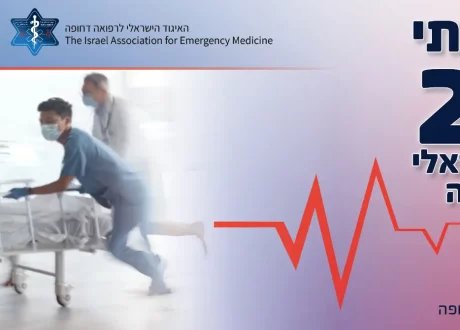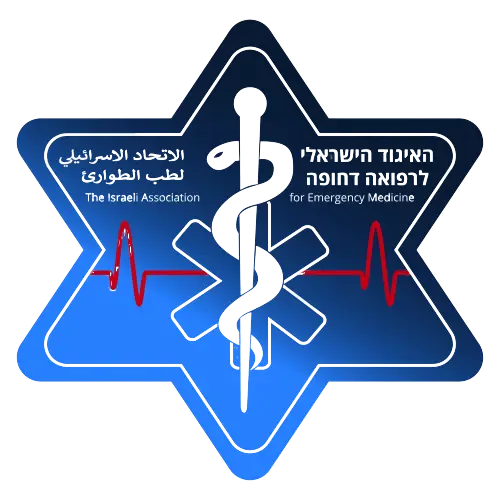Study objectives 
Successful intubation on the first attempt has historically been defined as successful placement of an endotracheal tube (ETT) using a single laryngoscope insertion. More recent studies have defined successful placement of an ETT using a single laryngoscope insertion followed by a single ETT insertion. We sought to estimate the prevalence of first-attempt success using these 2 definitions and estimate their associations with the duration of intubation and serious complications.
Methods
We performed a secondary analysis of data from 2 multicenter randomized trials of critically ill adults being intubated in the emergency department or ICU. We calculated the percent difference in successful intubations on the first attempt, median difference in the duration of intubation, and percent difference in the development of serious complications by definition.
Results
The study population included 1,863 patients. Successful intubation on the first attempt decreased by 4.9% (95% confidence interval 2.5% to 7.3%) when defined as 1 laryngoscope insertion followed by 1 ETT insertion (81.2%) compared with when defined as only 1 laryngoscope insertion (86.0%). When successful intubation with 1 laryngoscope and 1 ETT insertion was compared with 1 laryngoscope and multiple ETT insertions, the median duration of intubation decreased by 35.0 seconds (95% confidence interval 8.9 to 61.1 seconds).
Conclusion
Defining successful intubation on the first attempt as placement of an ETT in the trachea using 1 laryngoscope and 1 ETT insertion identifies attempts with the shortest apneic time.









